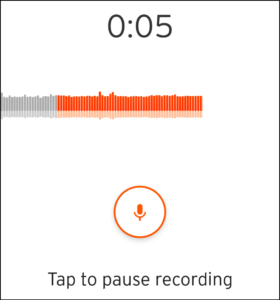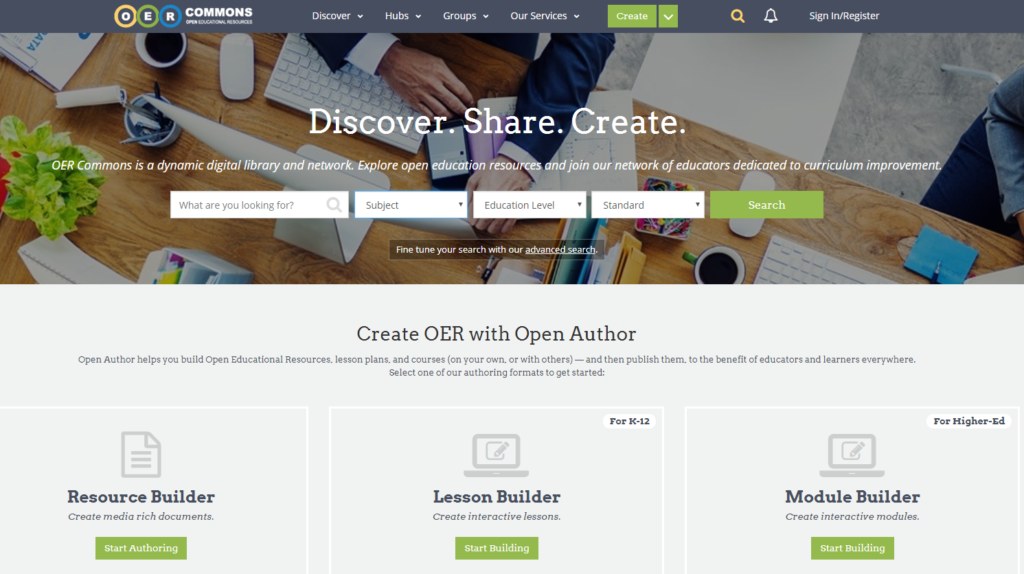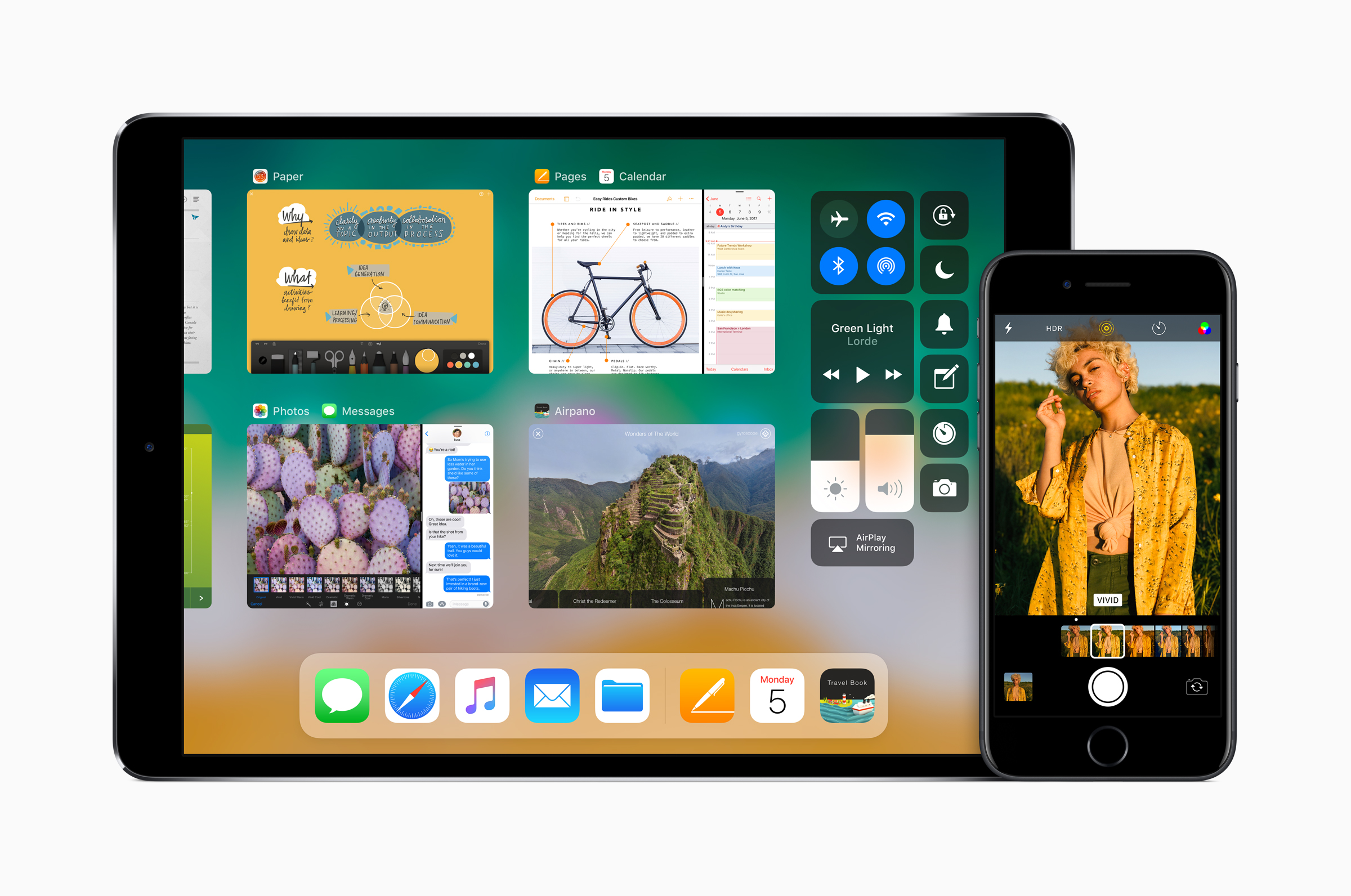From 6th – 10th November a week of exciting events took place at the University of Sussex. Digital Discovery Week is a week-long series of events celebrating and promoting digital practice, culture and skills at Sussex. It is a collaborative initiative aimed at all staff and students at the University and was organised by Technology Enhanced Learning, the Library, IT Services and the Careers and Employability Centre. Throughout the week people could attend a range of interesting online courses, in-person workshops, seminars and exhibitions. Below is a summary of just a few of the events that were running.
Monday
The week kicked off with a ‘Pop-up Library Makerspace’ facilitated by Makercart during which participants were given the chance to explore and experiment with a range of creative technologies including 3D printing and diy electronics.
Making at #SussexDDW with @Carlitosi71! pic.twitter.com/iuUnAtcZZk
— Antony Groves (@AntonyGroves) November 6, 2017
The afternoon featured the first ever ‘Great Sussex Podblast’, a collaborative podcast event in which both beginners and experienced podcasters were invited to come together to record, edit and publish a podcast series in just one afternoon! Participants were supported through the process of recording, editing and publishing by members of Technology Enhanced Learning who provided them with useful tools and techniques. The series is available on Soundcloud here: Sussex TEL: Teaching with Tech podcast.
Sussex Digital Discovery week’s Great Sussex Podblast is well underway with @TabbanBetts @petesparx #sussexDDW pic.twitter.com/x2n01f6we6
— George Robinson (@Super_GeorgeR) November 6, 2017
Tuesday
Tuesday saw the first of the new Digital Skills Drop-ins held in the Library. This first session was a ‘Photoshop Surgery’ where students were able to come along with any specific queries they had, or images that they are currently working on. A team of experts were then on hand to advise and support students.
A special Digital Discovery Week edition of Show & TEL, our collaborative forum for staff to share practice across the University, was held in the afternoon. This term we were joined by three speakers – Prof Robin Banerjee, Professor of Developmental Psychology; Prof Liz James, Professor of History of Art; and Prof Lucy Robinson, Professor in Collaborative History, who introduced us to the innovations they have been trialing in their teaching. Robin shared how he has been using reflective learning journals within Mahara to increase communication between him and his students on a third year module titled ‘Psychology in Education’.
Using e-portfolios for reflective writing has been transformational in my teaching. – Robin Banerjee #sussexddw pic.twitter.com/n1DMwwkxAX
— Tab Betts 欧阳太白 (@TabbanBetts) November 7, 2017
Wednesday
On Wednesday we were joined by Dr Vivien Rolfe who gave an interesting talk about the potential of using open textbooks within Universities. She talked about their advantages in terms of affordability and how they are far more accessible in comparison to the traditional published textbook model. The use of open textbooks has been successful throughout the US and the hope is that it will spread to the UK in due course.
Interesting findings shared by @VivienRolfe on student perceptions of academic textbooks and impact of costs #SussexDDW pic.twitter.com/IXyd7Zt9mo
— David Walker (@drdjwalker) November 8, 2017
In the afternoon, a mixture of staff and students attended a Computational 2D Design workshop led by Giovanni Contreras Garcia. The workshop introduced participants to creative technologies and techniques which can be used to create 2D and 3D geometries, providing them with the opportunity to create their own 2D artwork using the design approach.
Thursday
Thursday was packed full of innovative ideas. The day started with Dr Ben Jackson’s ‘VR Puppet Shows: telling stories with Old Bailey data’, a piece of work being carried out in the Digital Humanities Lab which aims to visualise historical accounts through the use of virtual reality puppets. To find out more and to watch one of the 197,745 transcribed trials held at the Old Bailey in London visit oldbaileyvoices.org.
Next we were joined by Prof Maziar Nekovee, Head of the Department of Engineering and Design, who was exploring ‘What is 5G and when is it coming?’. We were told of the latest innovations in communication technologies. Maziar also spoke of the trials that have been carried out on the University of Sussex campus in collaboration with Brighton’s Digital Catapult Centre. You can watch Maziar’s presentation here:
Following the seminar, attendees were invited to an exhibition featuring exciting content from across the University. We were joined by Dr Darren Baskill from the Department of Physics and Astronomy who brought along their infrared camera, which he uses to demonstrate how we can study the formation of stars. The Anatomy team in BSMS also brought along some 3D printed organs which they print on site and use as teaching aids for students. In addition the exhibition featuring ‘Discover campus’ a series of augmented reality posters designed to let you discover more about the history of the University of Sussex using content from the Keep. There was also ‘Making the invisible, visible’ a virtual reality tour of Physics labs which an undergraduate student would not normally have access to. You can see 360 gallery here.
Come check out the making the invisible visible space in the Library geothermal imaging, 3d printing and altered reality for digital discovery week #SussexDDW pic.twitter.com/1SAa7P5pYL
— George Robinson (@Super_GeorgeR) November 9, 2017
Friday
During the ‘Data Mining Workshop’ participants were introduced to text and data mining using the Library’s databases. During the hands-on session attendees explored Yale University Library’s Robots Reading Vogue, the JSTOR Text Analyzer, and analysed the text of Pride and Prejudice using Voyant Tools.
Learning about text and data mining for HE research with @AntonyGroves as part of #SussexDDW – love Yale’s Robots Reading @voguemagazine project ? https://t.co/tryphNlbBQ
— Katy Stoddard (@katy_bird) November 10, 2017
In addition to the face to face events running throughout the week we also had one of our popular Take 5 Online Bitesize courses running throughout the week. Take 5: Digital Productivity introduced the 112 participants to a range of different strategies and tools to help them manage communication and collaboration within teams, organising their time and tasks as well as digital options for notemaking. Participants were able to work through the course in their own time, receiving support and advice from members of Technology Enhanced Learning as well as their fellow learners via Slack.
To find out more about the these events and others visit the Digital Discovery Week page , look at the Storify of the week (now on Wakelet) or listen to the latest TEL US podcast.
If there is a particular event or topic that you would like to know more about or would like to explore in your own teaching please contact tel@sussex.ac.uk.











